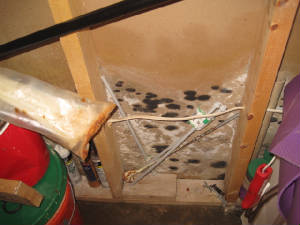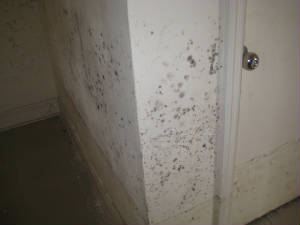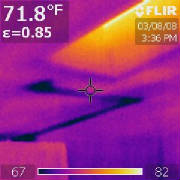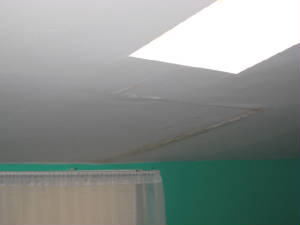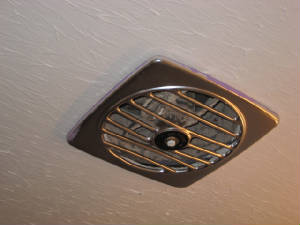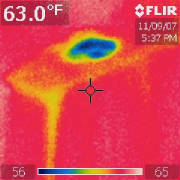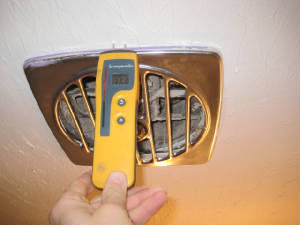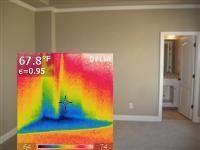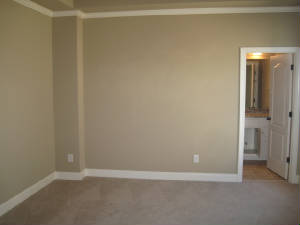
|
Professional Mold Testing Services
What Is The Difference Between Mold & Mildew Growing Inside My House?
Mold is a type of fungus that produces
growth on various types of moist or decaying surfaces. It can grow on leather, clothing, walls, ceilings, and all building
materials almost anywhere that moisture is present. While some mold is harmless, some can be toxic mold and cause health
problems in both humans and animals. Mildew
is also a type of fungus that grows on moist surfaces. However, mildew is generally found in showers and bathtubs. Although
mildewing surfaces are not toxic, they can cause problems for people who are allergic to mold.
Why is mold growing in my home? Molds are part of the natural environment. Outdoors, molds play a part in nature by breaking down dead organic matter such as fallen leaves and dead trees, but indoors, mold growth should be avoided. Molds reproduce by means of tiny spores; the spores are invisible to the naked eye and float through outdoor and indoor air. Mold may begin growing indoors when mold spores land on surfaces that are wet. There are many types of mold, and none of them will grow without water or moisture. Can mold cause health problems? Molds can become a problem indoors, when mold spores land on a wet or damp spot and begin growing. Molds have the potential to cause health problems. Molds produce allergens, irritants, and in some cases, potentially toxic substances. Allergic reactions to mold are common and include hay fever-type symptoms, such as sneezing, runny nose, red eyes, and skin rash. Molds can also cause asthma attacks in people with asthma who are allergic to mold. How can I determine if mold is in my home? Mold spores will not grow without water or moisture. Identifying areas of moisture are key to preventing mold growth inside of your home. Our state-of-the-art infrared thermal imaging technology provides a visual footprint of moisture within the walls and ceiling of your home by detecting the wet areas. Many times these areas go unseen because they are invisible to the naked eye. The combination of this technology with the use of moisture meters, visual inspection and mold testing equipment provide the lastest advancements in testing procedures.
Infrared Thermal Imaging Photos
What to do if you suspect that your home has mold?
Get a Professional Independent Mold Assessment of your home from a certified mold inspector, prior to performing any mold cleanup and remediation. Avoid having the remediation or restoration company perform the inspection, if they will also be performing the mold cleanup and remediation to avoid a conflict of interest.
Surveying the moisture levels of walls, ceilings and floors, determining relative indoor humidity levels, locating visible and non-visible mold growth, and testing the indoor air quality for the quantity and variety of mold spores can provide valuable information during the assessment of your home and its indoor air quality. Determining the variety of mold is important because some types of mold are indicators of water damage and potential health problems.
Performing a thorough mold assessment and testing can save thousands of dollars in un-required mold remediation in areas of your home that may not have a mold problem. Mold spores are usually too small to see with the naked eye, until the spores begin fruiting and growing in large numbers on a building surface. This is why only performing a visual inspection of a home is not enough to determine if their is a problem with the indoor air quality. Testing the air along with a visual inspection is the only way to determine if and where there is a problem inside the home.
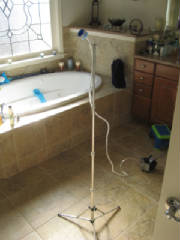 How is the air tested?
Indoor Air Sampling It is primarily these samples that determine airborne mold spore counts. Proximate outdoor air is also tested (for the control sample) For reliable results, the equipment used includes a controlled volume air pump, which draws air through a spore trap cassette.
Interior Wall Air Samples Infrared thermal imaging and moisture meter readings of an elevated moisture content of the wall material make it a candidate for this type of testing; especially when it is drywall (the paper covering is vulnerable to consumption from mold growth). Samples are collected using the WallChek® system, providing an adapter for the spore trap cassette, and utilizing small ¼ inch tubing, which is inserted into the wall. Air sampling pumps draw air from the wall cavity to obtain the mold spore count within the wall cavity.
How Is Visible Mold Identified?
Surface Sampling also know as contact sampling is typically perform with BioTape Slides and/or Swab Sampling of the visible areas of suspect microbial growth identified during the mold assessment.
After the samples have been performed they are shipped FedEx overnight to an accredited microbiology laboratory for microscopic examination and analysis. Typical turnaround is about 24 hours.
Contact us today to have your home
independently tested for mold and elevated moisture conditions 404-663-5955 To Avoid Conflict of Interest We Do Not Perform Mold Removal & Remediation Services
For more information, read the EPA's A Brief Guide to Mold, Moisture, and Your Home. |




